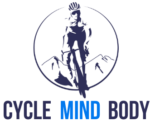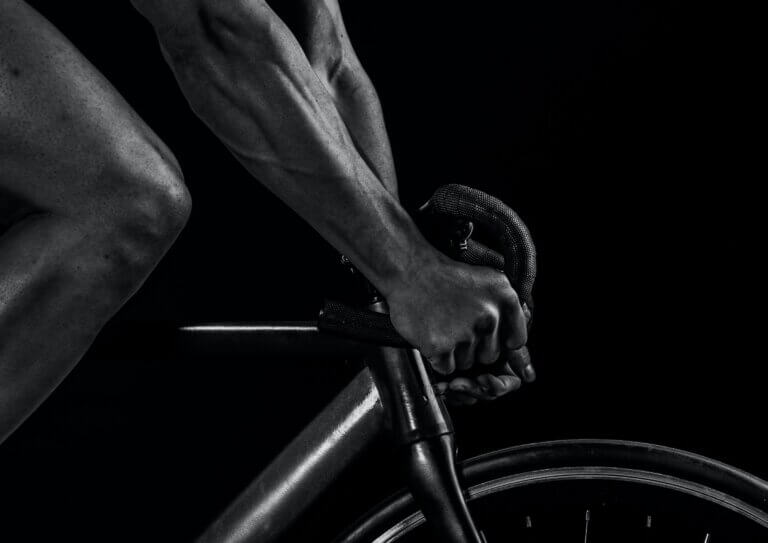Understanding the multitude of muscles involved in cycling can provide you with a deeper appreciation for the comprehensive workout this activity offers. Let’s break down the pedal stroke further, likening it to the hands of a clock to illustrate the engagement of various muscle groups.
Picture your cycling pedal stroke as a clock face, starting at six o’clock and ending at twelve o’clock. As your foot reaches the bottom of the pedal stroke (around six o’clock), the primary muscles engaged are your quadriceps, which are located in the front of your thighs. They play a pivotal role in generating power during this downstroke phase.
Your quadriceps, often referred to as quads for brevity, consist of four individual muscles: the rectus femoris, vastus lateralis, vastus medialis, and vastus intermedius. In harmony, these muscles work to extend your knee, enabling you to push the pedal down with significant force.
Imagine the clock’s minute hand sweeping from six to nine o’clock—a powerful extension of your leg. During this phase, your quads are working diligently, providing you with the strength and endurance needed to propel your bike forward.
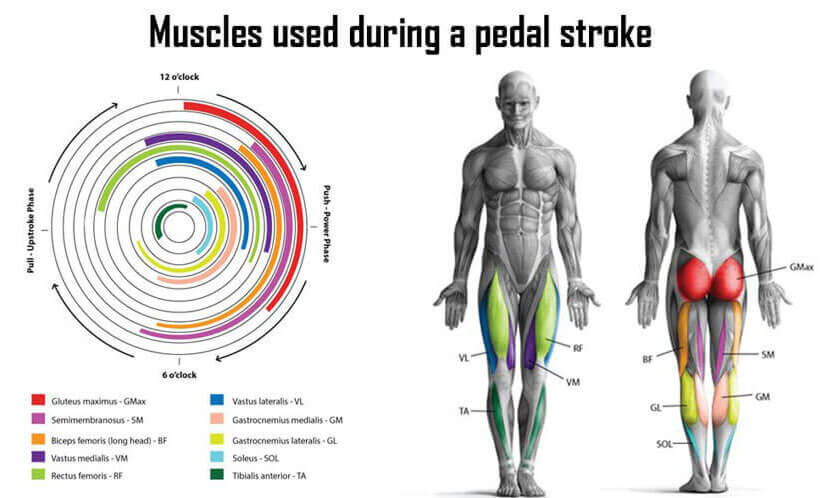
Hamstrings and Glutes
Now, let’s talk about the upstroke of the pedal. This is where your hamstrings and glutes come into action. These muscles pull your leg back, propelling the bike forward. It’s a dynamic duo that ensures a smooth, powerful rotation of the pedals.
The hamstrings, located at the back of your thighs, consist of three muscles: the biceps femoris, semitendinosus, and semimembranosus. These muscles contract during the upstroke phase of pedaling, assisting in the flexion of your knee and extension of your hip.
Your glutes, or buttock muscles, also play a significant role during the upstroke. The gluteus maximus, the largest muscle in this group, extends your hip and provides additional power as you pull up on the pedal.
Calf Muscles
The calf muscles, including the gastrocnemius and soleus, are often overlooked but are essential for maintaining proper foot position on the pedals and providing stability to your ride. They work in tandem with the larger leg muscles to ensure you maintain control and efficiency while cycling.
The gastrocnemius, which forms the visible part of your calf, is responsible for plantar flexion, pointing your toes downward during the pedal stroke. Meanwhile, the soleus, a deeper muscle, helps maintain pedal contact and provides stability to your ankles.
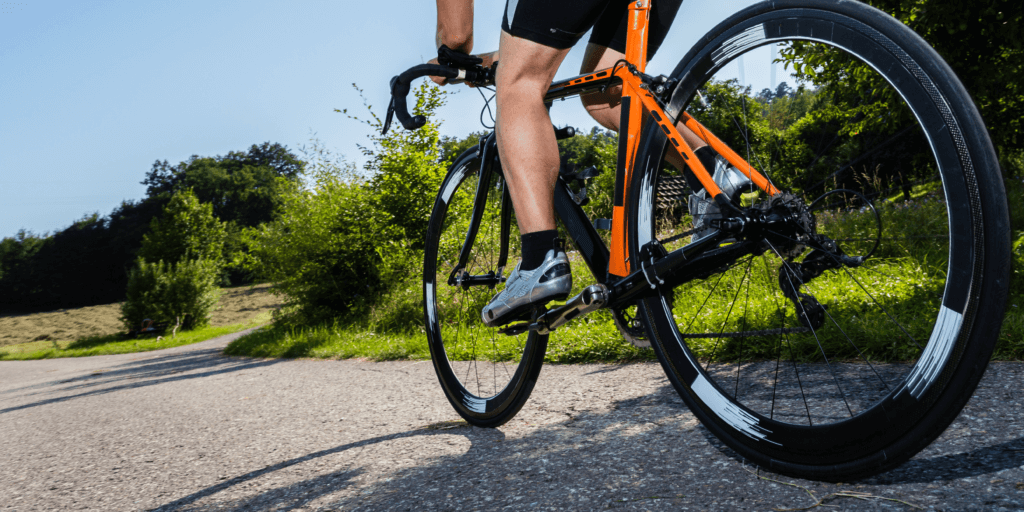
Will cycling give me big legs?
One common concern among cyclists, especially those new to the sport, is whether cycling will lead to excessively large leg muscles. The answer is generally no. While cycling does build strength in the legs, it’s not typically associated with bulking up like bodybuilding or heavy weightlifting.
Cycling primarily promotes muscular endurance and lean muscle development. Your legs may become more toned and defined, but they are unlikely to become overly bulky. If you’re looking to build substantial leg muscle mass, you would need to incorporate specific resistance training exercises into your routine.
It’s essential to note that the potential for significant muscle growth, known as hypertrophy, typically requires high-intensity resistance training with heavy weights. In contrast, cycling focuses more on repetitive, endurance-based muscle contractions, which are less likely to lead to substantial muscle mass gains.
Therefore, if your goal is to achieve larger leg muscles, you may need to supplement your cycling routine with targeted strength training exercises like squats, lunges, and leg presses. However, for most cyclists, the primary benefits of cycling lie in improved cardiovascular fitness, endurance, and overall body conditioning, rather than massive leg size.
The Core Connection
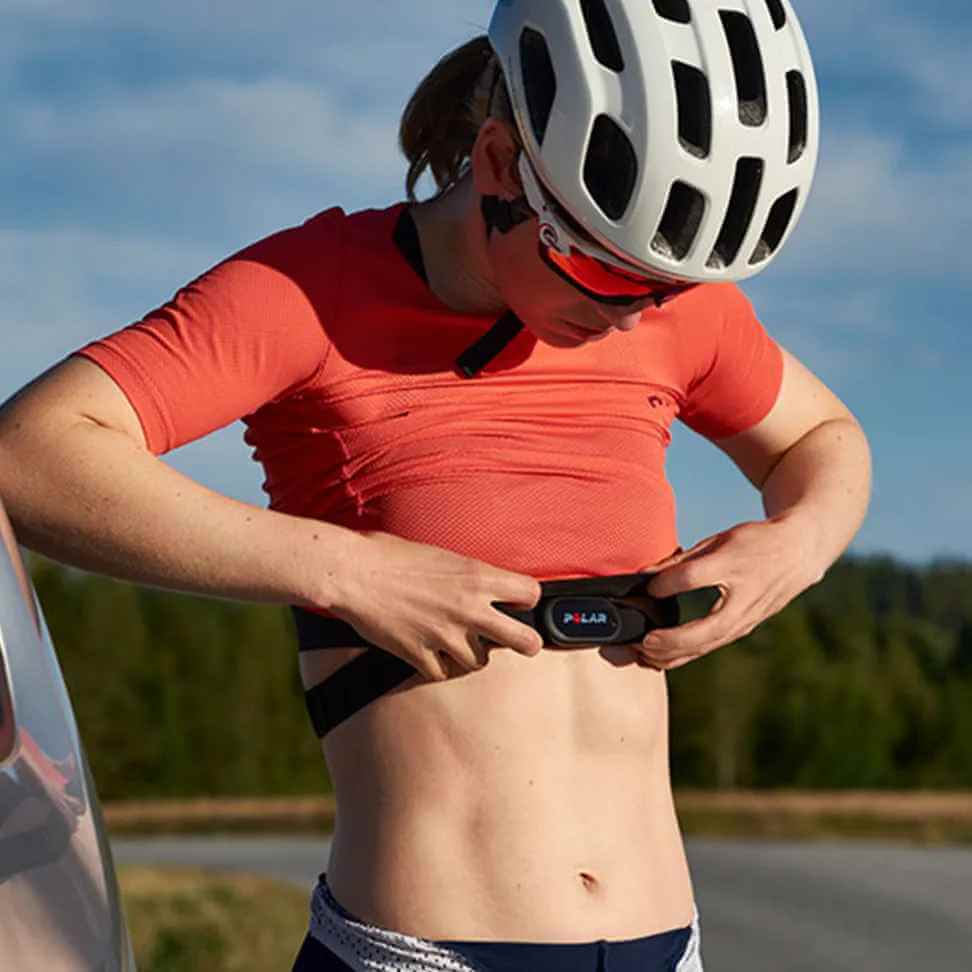
Abdominals
A strong core is vital for stability and efficient power transfer while cycling. Your abdominal muscles play a pivotal role in maintaining your posture on the bike. Engaging your core not only keeps you balanced but also helps reduce strain on your lower back.
Your abdominal muscles are divided into several groups, including the rectus abdominis (the “six-pack” muscles) and the deeper, stabilizing muscles such as the transverse abdominis and obliques. These muscles work in harmony to keep your torso steady as you pedal.
Maintaining a strong core while cycling is essential, especially during prolonged rides or when navigating challenging terrain. It allows you to efficiently transfer power from your legs to the pedals and maintain a stable riding position. Additionally, a strong core can help prevent lower back pain, which can be a common issue among cyclists who neglect their core strength.
Lower Back Muscles
Speaking of the lower back, these muscles play a crucial role in keeping you upright on the bike. They act as stabilizers, allowing you to maintain a comfortable and efficient riding position. A strong lower back can help prevent discomfort and injury during long rides.
The muscles of the lower back, including the erector spinae group, assist in maintaining proper spinal alignment while cycling. They help you avoid slouching or hunching over, which can lead to discomfort and reduced efficiency. By keeping your lower back muscles engaged, you’ll not only enjoy a more comfortable ride but also maximize your pedaling power.
Obliques
Your oblique muscles, both internal and external, come into play during turns and sprints. They help stabilize your torso, allowing you to navigate corners and power through quick bursts of speed. These muscles play a significant role in maintaining control over your bike.
The obliques, located on the sides of your torso, contribute to rotational movements and lateral stability. When you lean into a turn while cycling, your oblique muscles engage to counterbalance your body’s movement and keep you steady. Likewise, during sprints and rapid accelerations, strong obliques assist in maintaining control and preventing excessive swaying.
The Upper Body Impact
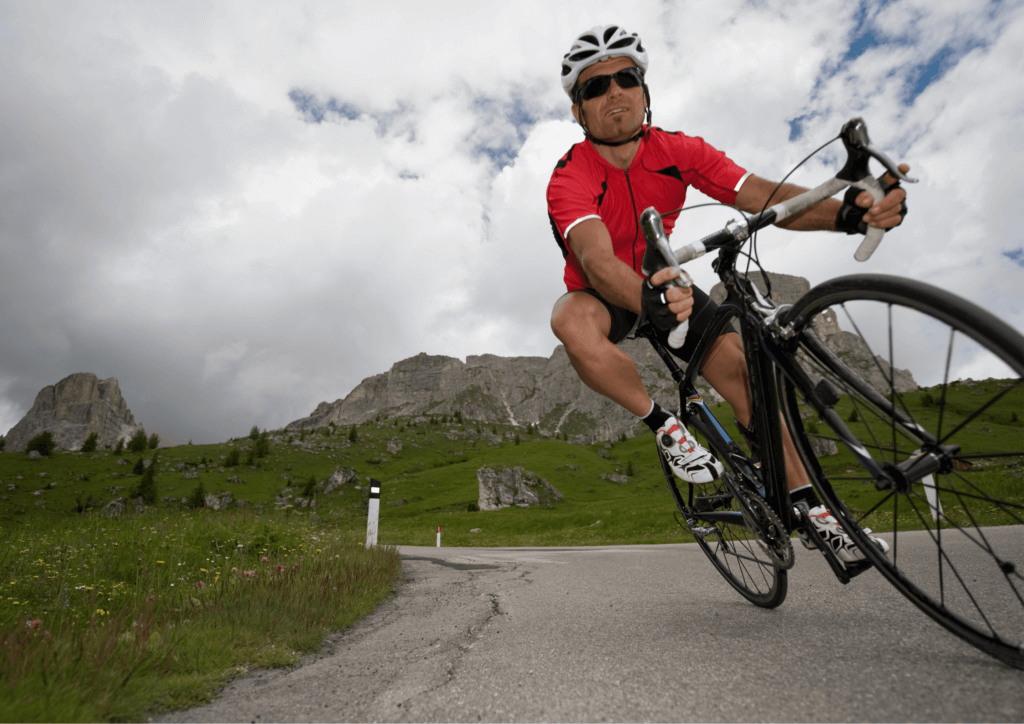
Deltoids and Trapezius
While cycling primarily targets the lower body, your upper body also gets its share of action. Muscles like the deltoids and trapezius help you steer and balance the bike. They are essential for handling the handlebars and maintaining stability, especially during challenging rides.
The deltoid muscles, which cover your shoulders, provide the strength needed to steer your bike and control its direction. As you lean into turns or make quick adjustments, your deltoids help maintain balance and keep you on course.
The trapezius muscles, located in your upper back, play a role in supporting your neck and shoulders as you maintain an upright riding posture. These muscles help distribute the weight of your upper body and reduce the strain on your lower back during long rides.
Forearms and Grip Strength
A strong grip and forearm muscles are essential for controlling the bike. Whether you’re navigating tricky terrain, tackling steep hills, or maintaining control during descents, your forearm muscles and grip strength come into play. These muscles ensure you have a firm hold on the handlebars, enhancing your overall cycling experience.
The forearm muscles responsible for gripping the handlebars include the flexor and extensor muscles of the wrist. These muscles enable you to maintain a secure grip on the handlebars, even when facing challenging riding conditions.
Grip strength is particularly crucial when climbing steep hills or maneuvering through technical trails, where maintaining control of your bike is essential for safety and efficiency. Regular cycling can help improve your forearm strength and grip, making you a more confident and capable cyclist.
The Importance of Proper Bike Positioning
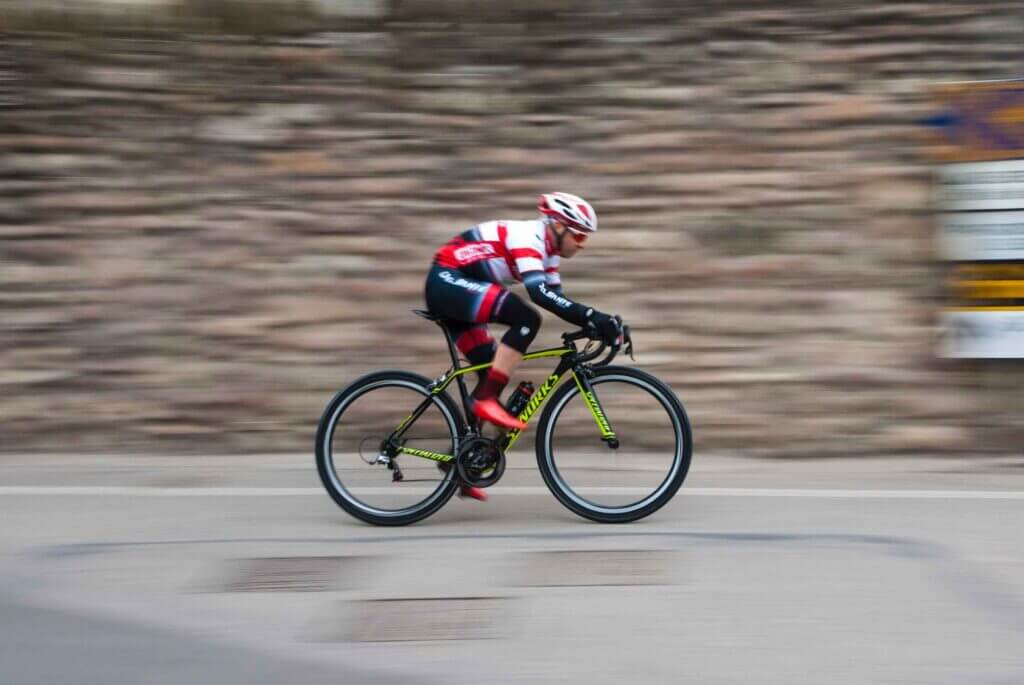
While understanding the muscles engaged in cycling is vital, it’s equally crucial to discuss the significance of your position on the bike. Your riding position plays a pivotal role in optimizing the efficiency of your pedal strokes and ensuring you harness the full potential of your major muscle groups.
Imagine your bike as an extension of your body, and your posture as the foundation of your cycling performance. Your position on the saddle can greatly impact your cycling experience, influencing which muscles you engage and when.
Recruiting Your Major Muscles Efficiently
Effective cycling requires you to tap into your major muscle groups, such as the quadriceps, hamstrings, glutes, and core. These muscles are the driving force behind your pedal strokes, and their efficient engagement is key to maintaining speed and endurance.
When you’re positioned too low and too far back on your bike, you limit the range of motion for your major muscles. This restricted movement hinders your ability to apply force throughout the entire pedal stroke. As a result, you may find yourself working harder than necessary while achieving suboptimal results.
However, there’s a fascinating interplay between your position on the saddle and which muscle groups you activate:
Sitting Back on the Saddle: When you sit towards the back of the saddle, you tend to engage your hamstrings and glutes more. This can be highly beneficial when you’re tackling a long climb. The hamstrings and glutes are powerhouse muscles that excel in providing sustained power, making them your allies during uphill battles. By relying on these muscles, you can conserve energy and maintain a steady pace during extended ascents.
Sitting Forward on the Saddle: Conversely, when you move forward on the saddle, you are more likely to engage your quadriceps. This positioning is advantageous when you need a short burst of power, such as during sprints or quick accelerations. However, it’s important to note that relying solely on your quads can lead to faster fatigue, as they are more prone to exhaustion during prolonged efforts.
Unlocking the Power of Hip Extensors
Among your major muscle groups, the hip extensors stand out as powerhouse performers. These muscles, including the gluteus maximus and hamstrings, play a crucial role in generating force during the pedal stroke’s upstroke phase (from six to nine o’clock on our cycling “clock face”). Proper positioning on the bike is essential to ensure you’re utilizing these powerful muscles to their full potential.
To achieve this, consider positioning yourself high and forward on the bike, somewhat akin to a triathlete’s posture. This adjustment allows you to engage your hip extensors more effectively during the upstroke phase, resulting in improved pedal power and overall cycling performance.
Preventing Hip Pain and Optimizing Cadence
In addition to enhancing muscle engagement, the correct riding position is essential for preventing discomfort and pain, particularly in the hips. When positioned too low or improperly, you may experience hip pain due to excessive strain and limited mobility.
By adopting a higher and more forward riding position, you can alleviate this discomfort and maintain a more natural hip alignment. This not only reduces the risk of hip pain but also optimizes your cadence, ensuring that each pedal stroke flows seamlessly into the next.
